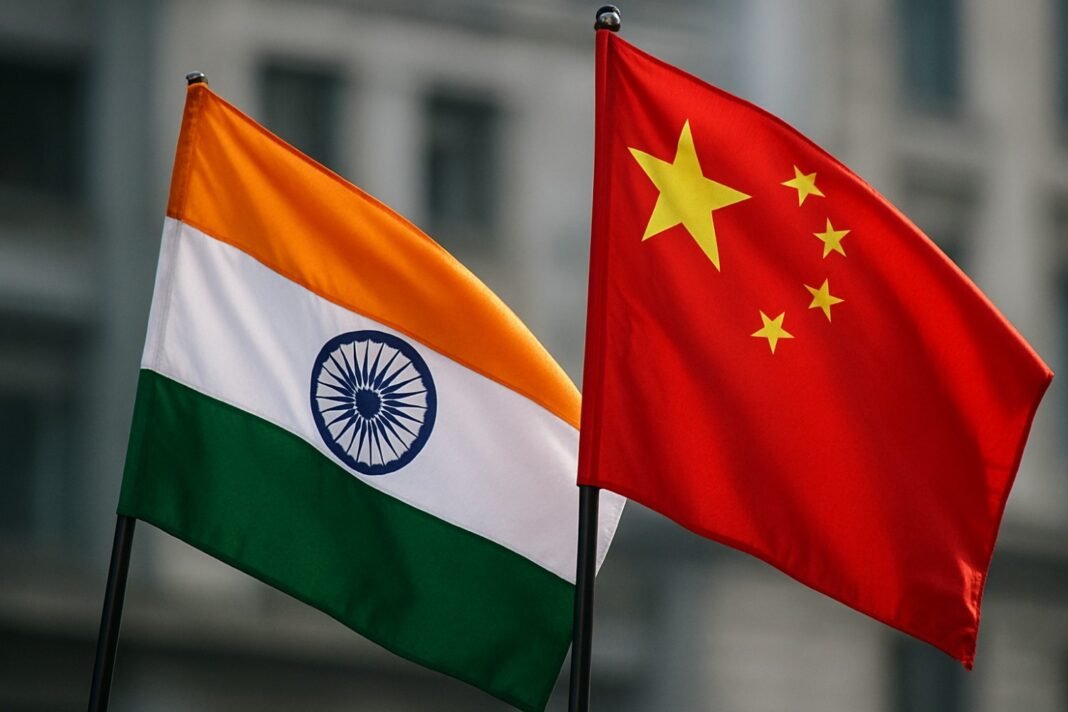July 23, 2025:
In a significant diplomatic development, the Indian government has announced the resumption of tourist visas for Chinese citizens, ending a five-year suspension that began in the wake of growing tensions and the COVID-19 pandemic. The decision, confirmed by the Indian Embassy in Beijing, will take effect starting Thursday, July 24.
According to a post shared by the Indian Embassy on China’s popular social media platform Weibo, Chinese nationals can now begin the application process for visiting India as tourists. The process requires applicants to complete the online visa form, schedule an appointment, and submit necessary documents, including the application form and passport, at the Indian Visa Application Center.
“From July 24, 2025, Chinese citizens can apply for a tourist visa to visit India,” the post read. “They must first fill out the visa application form online… then make an appointment and submit the required documents at the Visa Application Center.”
The move is seen as a step toward normalizing relations between Asia’s two largest countries, which have experienced a period of diplomatic frost following the deadly Galwan Valley clash in 2020. The incident, which resulted in casualties on both sides, marked the lowest point in Indo-China relations in recent decades.
Following the military confrontation and the subsequent pandemic-related disruptions, India had stopped issuing tourist visas to Chinese citizens. In April 2022, the International Air Transport Association (IATA) stated that all previously issued tourist visas to Chinese nationals had been rendered invalid. This came as a retaliatory measure after China imposed strict entry restrictions on over 22,000 Indian students studying in China.
However, signs of diplomatic thaw began to emerge earlier this year. One of the biggest breakthroughs came when both nations agreed to pull back troops from the remaining friction points in eastern Ladakh — specifically from Depsang and Demchok — effectively ending a four-year-long military standoff.
Following this de-escalation, New Delhi and Beijing also agreed to resume direct commercial flights between the two capitals. The air travel agreement, scheduled to begin in January 2025, was finalized during Foreign Secretary Vikram Misri’s high-level visit to China earlier this year.
Further confidence-building measures have followed. India and China announced that Indian pilgrims would once again be allowed to travel to Mount Kailash and Lake Manasarovar in western Tibet — two highly revered spiritual destinations that had been off-limits since 2020 due to pandemic and diplomatic strains.
The culmination of these positive developments came with the recent visit of Indian External Affairs Minister Dr. S. Jaishankar to China. He attended the Shanghai Cooperation Organisation (SCO) Foreign Ministers’ meeting in Beijing, marking his first trip to the country in five years. The visit was widely interpreted as an effort to reinforce dialogue and rebuild diplomatic bridges between the two nations.
While major differences persist — including on issues related to border management, trade imbalances, and regional security — the resumption of tourist visas is being viewed as a concrete step toward normalizing people-to-people ties. Analysts suggest that tourism and cultural exchange may help soften diplomatic tensions and build mutual trust.
In response to the announcement, Chinese state media outlet Global Times highlighted the Indian embassy’s Weibo post, framing the move as a welcome gesture. Public reaction on Chinese social media has also been largely positive, with users expressing hope that travel and educational exchanges will soon return to pre-2020 levels.
As both governments work to recalibrate their bilateral relationship, this renewed visa policy may serve as a litmus test for how far India and China are willing to go in rebuilding trust after years of discord.








